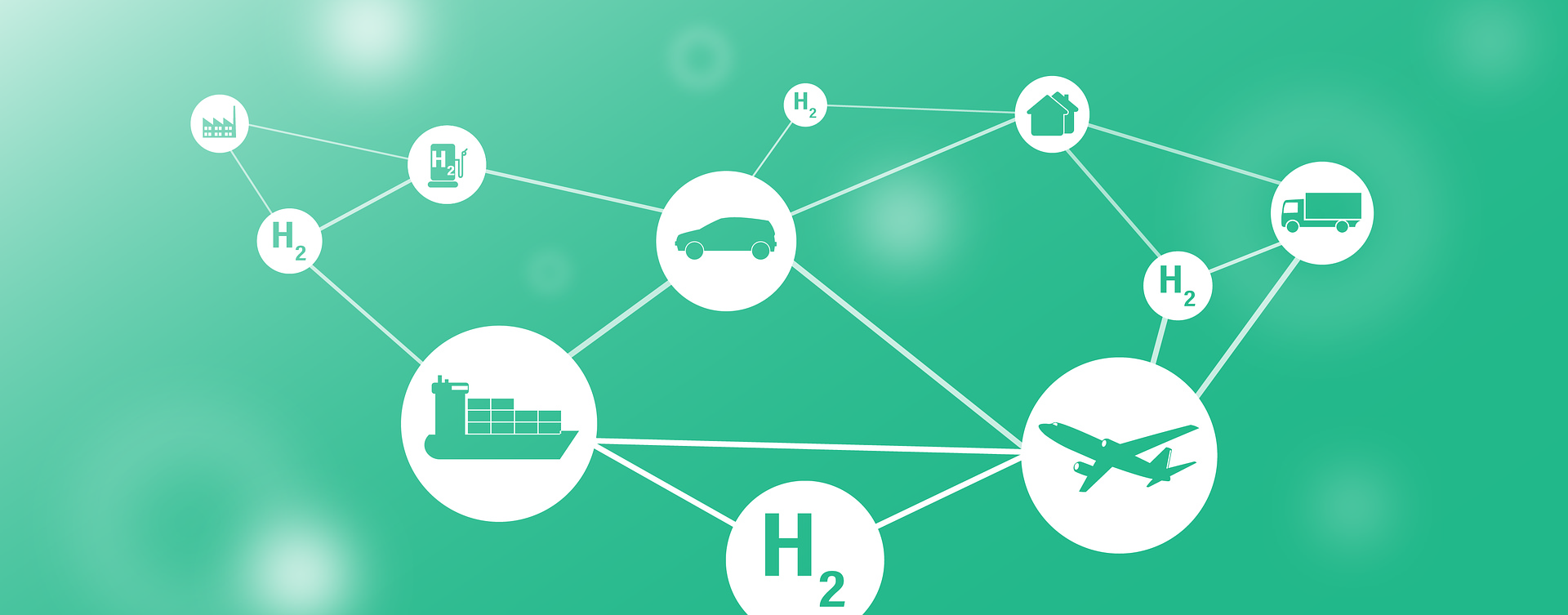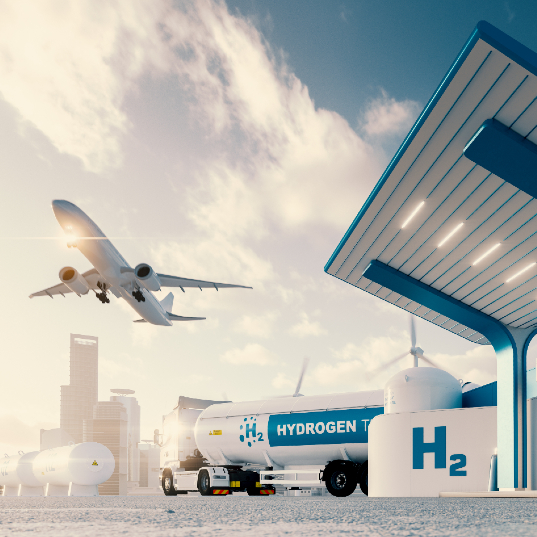TEN QUESTIONS AND ANSWERS ABOUT GREEN HYDROGEN
Hydrogen is becoming an increasingly common term in the energy sector, often described as being ‘renewable’, ‘green’—or more recently ‘clean’. While a hydrogen-fuelled economy presents many opportunities for Australia, it’s only the variety of hydrogen generated with renewables, termed ‘green hydrogen‘, that belongs in our zero emissions future.

It is light and storable, and its only by-product is water. Do you still have questions about green hydrogen's potential and its role in energy transition? We have all the answers for the things that are still on your mind. Read on!
-
Is hydrogen a source of energy?
No. Unlike sunlight, wind and water, hydrogen is not a primary energy source. It is an energy vector. What does that mean? It means that hydrogen is an element that needs energy to be produced and that this energy will be released when we use the hydrogen. That's why it's said that hydrogen can also be used to store energy.
-
What is green hydrogen used for today?
Green hydrogen is used in various sectors. Mobility is one of the main ones, as green hydrogen serves as a fuel that produces water as its only by-product. It is also used in the chemical, petrochemical and steel industries. Progress is also being made in terms of its use in electricity and heating supply in domestic settings.
-
What problems are there with using hydrogen on a massive scale?
There are shortcomings to green hydrogen that prevent it from fully contributing to energy transformation. Obstacles include the lack of infrastructure (e.g. transport and storage) as well as the cost of production. As the International Renewable Energy Agency (IRENA) points out, green hydrogen was still up to three times more expensive in 2019 than grey hydrogen. Another difficulty is that up to 30-35 % of energy is lost in the electrolysis process. In addition, it needs to be ensured that it is sustainable and produced from fully renewable sources.
-
How is hydrogen separated from water?
Hydrogen is separated from water through electrolysis. Electrolysis of water involves splitting the water into two hydrogen molecules (H2) and one oxygen molecule using a continuous electric current, which is supplied by a power source (either a cell or a battery) connected to the water via electrodes.
-
How polluting is hydrogen?
Today, we have different kinds of technology that allow us to obtain hydrogen. But they are not all sustainable. A colour code distinguishing between the four types of hydrogen has been created in order to indicate the impact that they have and the emissions they generate:
- Grey hydrogen: This is produced from fossil fuels and involves significant CO2 emissions.
- Blue hydrogen: This is produced from fossil fuels with carbon capture and storage technologies and is less polluting than grey hydrogen.
- Green hydrogen: This is produced using renewable energy, making it the most suitable method for a totally sustainable energy transition.
-
Can green hydrogen store energy?
Yes! And that is one of its most important qualities. Electrolysis enables us to obtain green hydrogen from renewable sources. Instead of using it immediately, we can compress this clean hydrogen and store it in special tanks. And later, when we need energy, this element is channelled into a fuel cell, where we combine hydrogen with oxygen from the air to produce electricity and the only by-product produced is water.
-
Why is hydrogen considered a sustainable fuel?

Basically because instead of CO2, the only thing emitted by vehicles running on green hydrogen is water.
These vehicles have a container where compressed hydrogen gas is stored. That hydrogen is then directed to the fuel cell, where a chemical reaction occurs that produces water vapour and the electricity that will move the vehicle.
Hydrogen is not only part of sustainable vehicle mobility. This gas is also used as fuel for public transport, lorries, trains and even boats.
-
Is a fuel cell vehicle the same as an electric vehicle?
Yes, but the difference is that a fuel cell vehicle generates electricity as it moves, through the chemical reaction in the fuel cell. A battery-powered electric vehicle carries all its electricity in a battery.
Other major differences are that hydrogen fuel cell vehicles are refuelled at hydrogenation stations, where their containers are filled in just 5 minutes, and that they have a range of 600 kilometres.
-
Can planes fly on green hydrogen?
In the long term, hydrogen can also become an option to consider in the decarbonisation of the aeronautical and maritime sectors, with the production of liquid synthetic kerosene and other synthetic fuels.